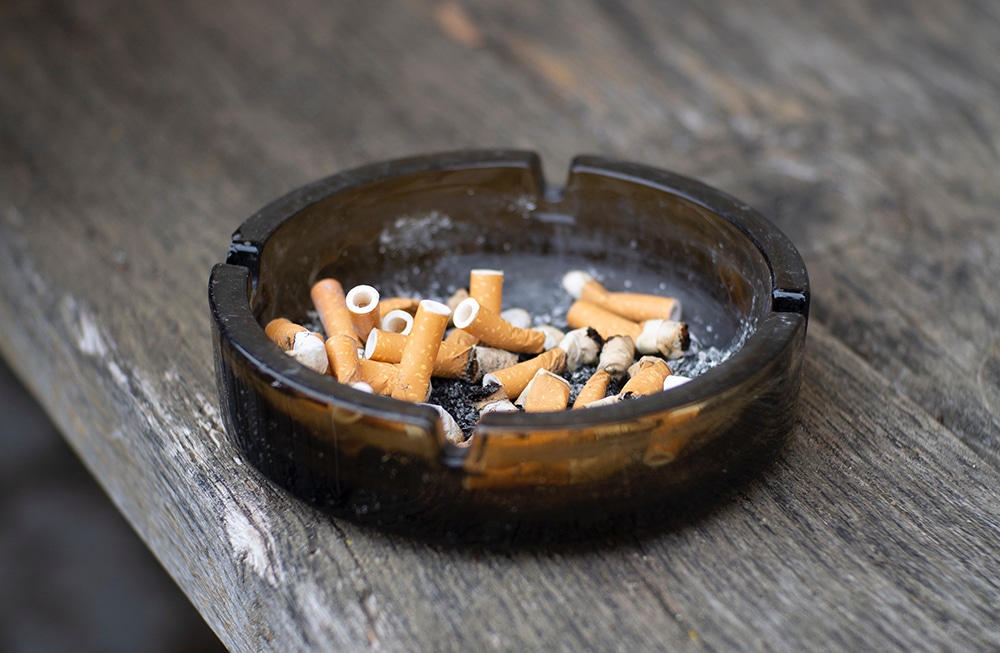The World No tobacco day, a key date in the fight against smoking
May 31st, a key date in the fight against smoking. Every year on May 31st, an event of international scope occurs: the world no-tobacco day.
Placed under the aegis of the World Health Organization (WHO), this day aims to communicate widely on the dangers of tobacco combustion. It is also an opportunity to raise public awareness by reminding the terrible figures of the deadly cigarette industry:
- 80000 deaths each year in France
- 10 million victims in the world
Smoking and its effects remain the first avoidable cause of death in the worldwide. However, alternatives exist and among them, vaping products occupy an increasingly prominent place.
As the WHO merely tends to maintain an unfavourable opinion on vaping, the international organization cannot deny the tremendous growth of this public health tool and its effectiveness, approved widely by a large amount the scientific community engaged in the fight against smoking.
Although relatively recent, we now have more than 10 years of experience in the vaping practice, which has more and more followers. Vape is a dynamic field of research with already several thousand of studies devoted to the subject. It is also one of the main areas of development for the research and analysis pole of Ingésciences.

Progress on research on alternatives to combustion.
This year, Ingésciences chose the symbolic day of May 31 to launch a major international study on vaping. The objective is to observe the different feelings of vapers.
Today, the plurality of devices, e-liquids and vaper’s behaviours make research in this field more complex. Even though risk assessment remains the focus of study, it is limited to the observation of physical and/or chemical parameters. There is very little data parameters such as consumer feeling.
In addition, the tests carried out in the laboratory are very often not representative of the behaviour and practices of users. Most of the experiments are carried out using machines simulating the behaviour of a vaper. Researchers are focusing on the production and research of degradation elements present in the vapor.
However, these experiments do not take into account behavioural parameters such as the user’s perceptions and tastes. However, these are capital factors, as shown by the recent publication of J. DiPiazza, P. Caponnetto, G. Askin, P. Christos, M. Lyc Psysc Maglia, R. Gautam, S. Roche & R. Polos, Sensory experiences and cues among E-cigarette users, Harm Reduction Journal (2020). In these studies, the authors found that a pleasant perception during vaping contributes greatly to the effectiveness of smoking cessation by electronic cigarettes.
Likewise, a bitter or burnt taste, vapor that is too dense or non-existent are precious indicators for a vaper. It is very often a sign of bad adjustment, an unsuitable power or even a failure, which instantly warns the user of a potential risk. In studies carried out in the laboratory, robots that do not have this faculty of perception and interpretation often replace users.

A unique experience by Ingésciences: the Vape Sensory Experience
The aim of this study is to put the vaper at the heart of the research, as he/she varies the power of his/her device and observes the effects himself/herself.
If the subjective nature of this study is incontestable, it should make it possible to understand and classify with more precision the different perceptions of vapers according to the variations in physical parameters.
Before starting the experience, the vaper is invited to anonymously fill in personal information relevant for the study, such as:
- His/her smoking past
- The commercial reference of his/her device *
- The commercial reference of the e-liquid used *
- His/her consumption habits (power setups, resistance used, average consumption, etc.)
- Type of inhalation (direct or indirect)
- His/her age, gender and country.
The next step is to allow the vaper to assess how he feels when vaping his e-liquid by varying the power applied (from 2 watts to 2 watts). The feeling is evaluated using four different criteria:
The perception of flavour (it refers to both olfactory and taste sensations perceived during vaping),
- The perception of flavour (it refers to both olfactory and taste sensations perceived during vaping),
- Vapor density
- Vapor temperature
- Hit density
Throughout the Vape Sensory Experience, the user is guided by a perceptions rating scale between one and five.
If initially, the experience is exclusively for an audience of confirmed professionals, it will soon be offered to all voluntary vapers.
With the gathering of this data, the Ingésciences research team wishes to deepen its knowledge on vaping products and publish studies showing that the perception of vaping is correlated with the observation of the influence of physical elements.
* To simplify this study, testers are asked to fill in only one material and e-liquid reference.









No comment
Be the first to leave a comment